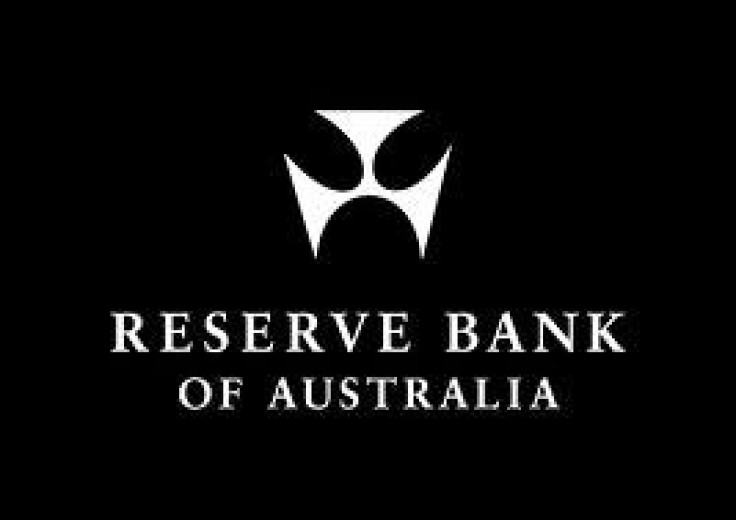Aussie dollar off 4-year low on better building permits data as RBA keeps rates unchanged

The Australian dollar edged higher on Tuesday as the Reserve Bank of Australia avoid a dovish line on the monetary policy report for December despite continued negative data surprises from China, the main export destination of Australia.
A set of Australian data released a few hours ahead of the RBA rate decision was also Aussie-positive, helping the currency add some gains immediately.
The number of building permits awarded in Australia rose 2.5% from a year earlier in October, rebounding sharply from an 11.4% fall registered for September. Month-on-month, the rise expected was 5% but the actual figure came at 11.4%, providing a big support for the Aussie dollar.
In addition, the Australian current account deficit narrowed to $12.5bn in Q3 from $13.9bn in the previous quarter while analysts were expecting a marginal improvement to $13.6bn.
Moving off an over four-year low of 0.8416 hit on Monday with lower than expected official PMI number from China and TD Securities inflation gauge from Australia, the AUD/USD traded as high as 0.8529 shortly after the RBA review.
Traders said the sharp decline in the recent past in the Aussie dollar must have prompted the authorities to sound less dovish this time.
Many market participants were expecting some remarks showing concerns of increasing downside risks to the economy in the wake of Monday's data, but such comments were not included in the policy statement of the 2 December review.
As per Monday's data, the November TD Securities Inflation showed a year-on-year rate of 2.2%, down from 2.3% in October. The monthly rate eased to 0.1% from 0.2%.
Another release showed that the China NBS manufacturing PMI fell to an eight-month low of 50.3 in November from 50.8 in the previous month.
Commodity exports account for more than 55% of Australia's total export values and 11% of GDP, and therefore, data showing weak demand in China is negative for the Australian currency.
The market is now waiting for Friday's US non-farm payrolls data as a surprise in that can well impact the overall greenback strength, in turn moving the rest of the forex world.
© Copyright IBTimes 2024. All rights reserved.






